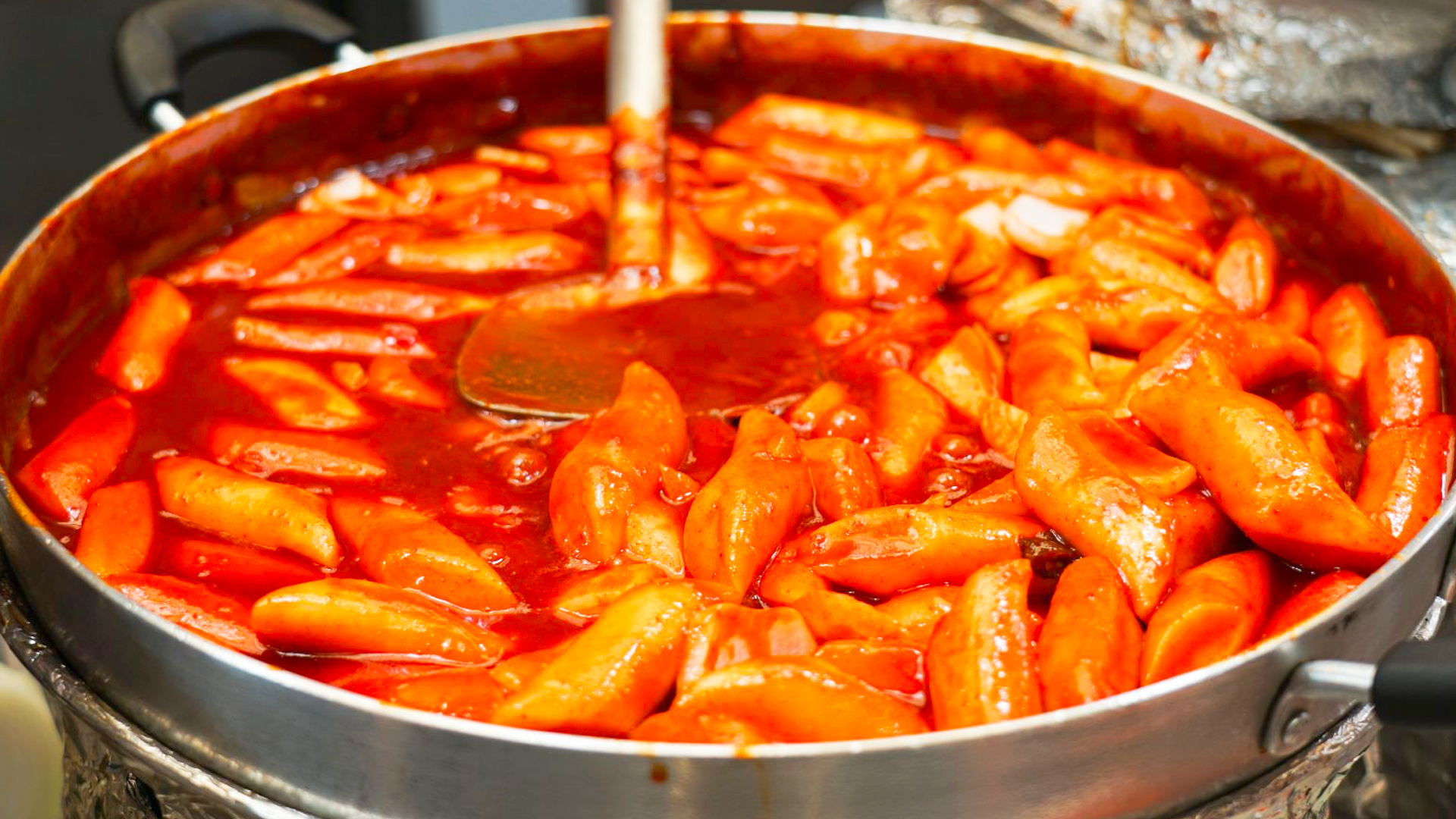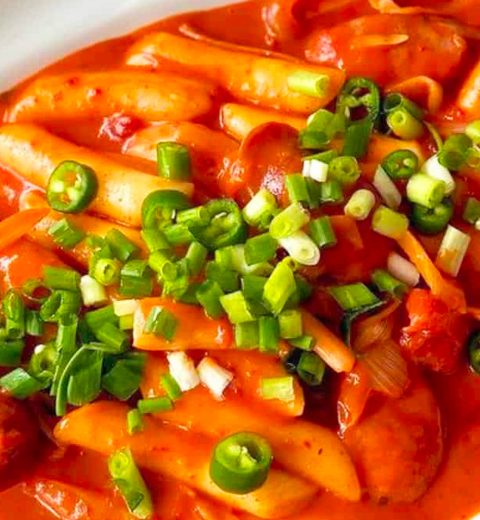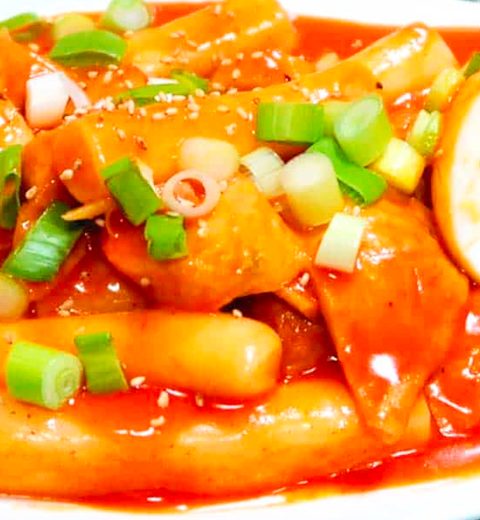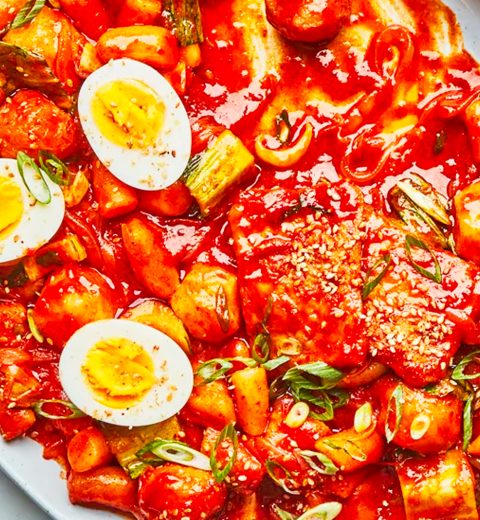Have you ever wondered what makes Korean Topokki so incredibly chewy and satisfying? The delightful texture of these rice cakes, also known as Topokki, is a crucial element that adds to the overall enjoyment of this beloved Korean dish. In this article, we’ll explore the science behind the chewy texture of Korean Topokki, uncovering the secrets that make it so uniquely delicious. So, get ready to dig into the science behind this culinary delight and discover why Topokki is the epitome of chewy goodness!
- The Role of Rice Flour:
At the heart of Korean topokki’s chewy texture lies the star ingredient: rice flour. Rice flour is made from finely ground rice grains, which are soaked, ground, and then dried to form a powdery substance. The rice flour used in making Topokki is typically made from short-grain rice, known for its high starch content. This starch plays a vital role in creating the desired chewiness. When the rice flour is mixed with water and cooked, the starch molecules absorb moisture and undergo a process called gelatinization.
- Gelatinization and Chewiness:
During the cooking process, as the rice flour mixture heats up, the starch molecules in the flour begin to absorb water and swell. This process of gelatinization causes the mixture to thicken and transforms it into a sticky, elastic dough. The more the starches gelatinize, the chewier the resulting rice cakes become. This is why achieving the perfect chewy texture requires precise cooking techniques and attention to detail.
- The Influence of Cooking Time:
The cooking time of the rice cakes also plays a significant role in determining their chewiness. If the rice cakes are cooked for a shorter duration, they will retain a softer and less chewy texture. On the other hand, if they are cooked for a longer time, the starches continue to absorb moisture, resulting in a firmer and more resilient texture. It’s all about finding the balance that suits your personal preference.
- The Magic of Heat and Pressure:
To achieve the ultimate chewiness, Korean Topokki is often cooked using heat and pressure. Traditional methods involve simmering the rice cakes in a spicy sauce, allowing them to absorb the flavors while retaining their chewy texture. The heat and pressure applied during cooking help the rice cakes develop their unique elastic and satisfying bite.
- The Impact of Thickness:
The thickness of the rice cakes also contributes to their chewiness. Thicker rice cakes tend to have a denser texture, providing a more substantial and satisfying chew. Conversely, thinner rice cakes offer a lighter and less intense chew. The thickness of the rice cakes can be adjusted according to personal preference, allowing you to customize your Topokki experience.
The chewy texture of Korean Topokki is no accident. It is the result of the scientific processes of gelatinization and careful cooking techniques. The combination of rice flour, cooking time, heat, pressure, and thickness all contribute to the delightful chewiness that makes Topokki a beloved dish around the world. So, the next time you sink your teeth into a plate of Topokki, savor the science behind its texture and appreciate the culinary mastery that goes into creating this chewy delight.



